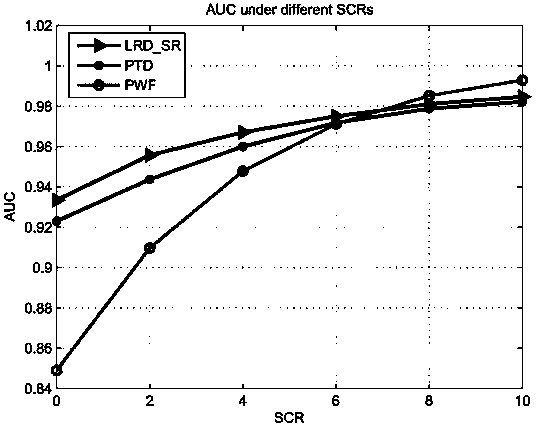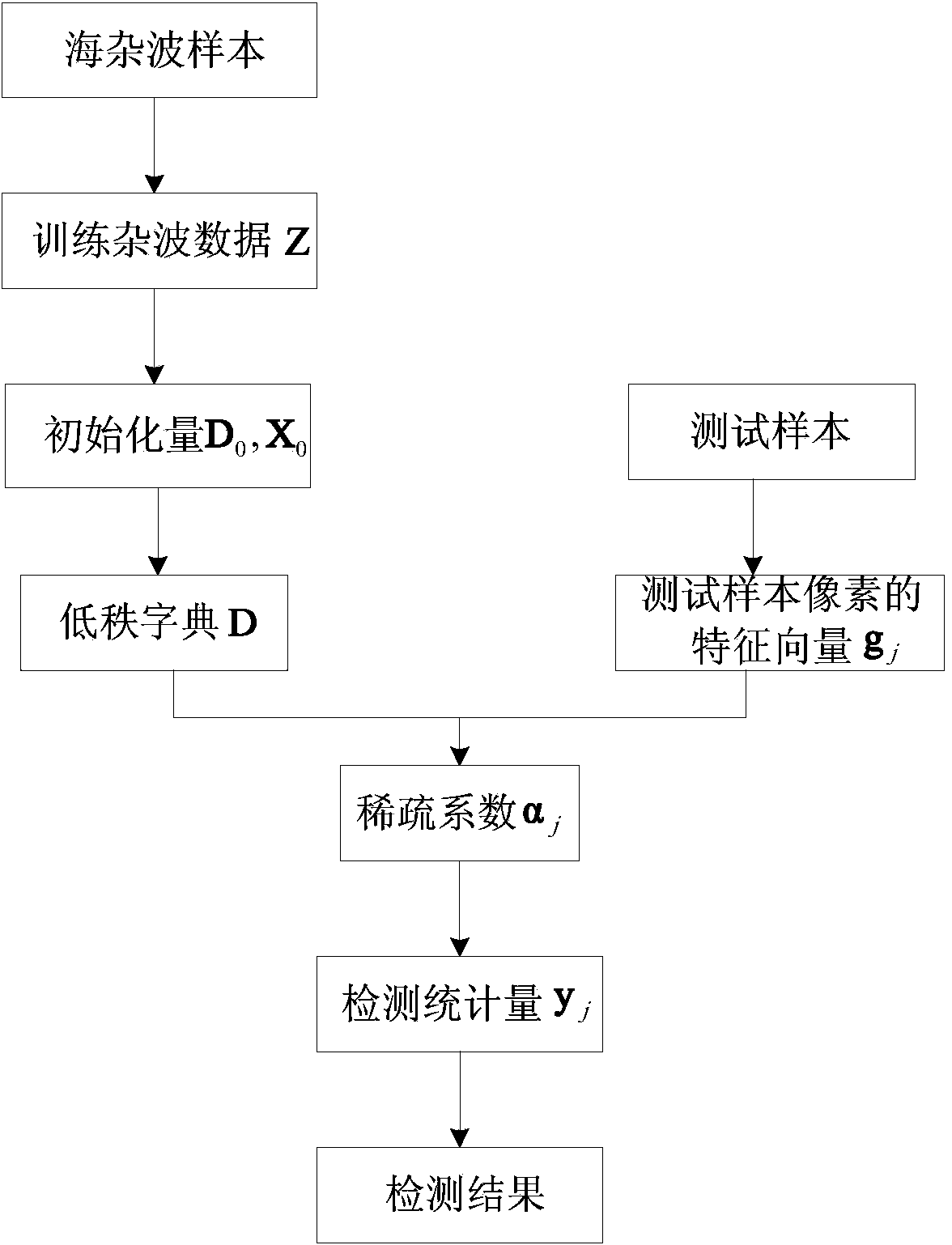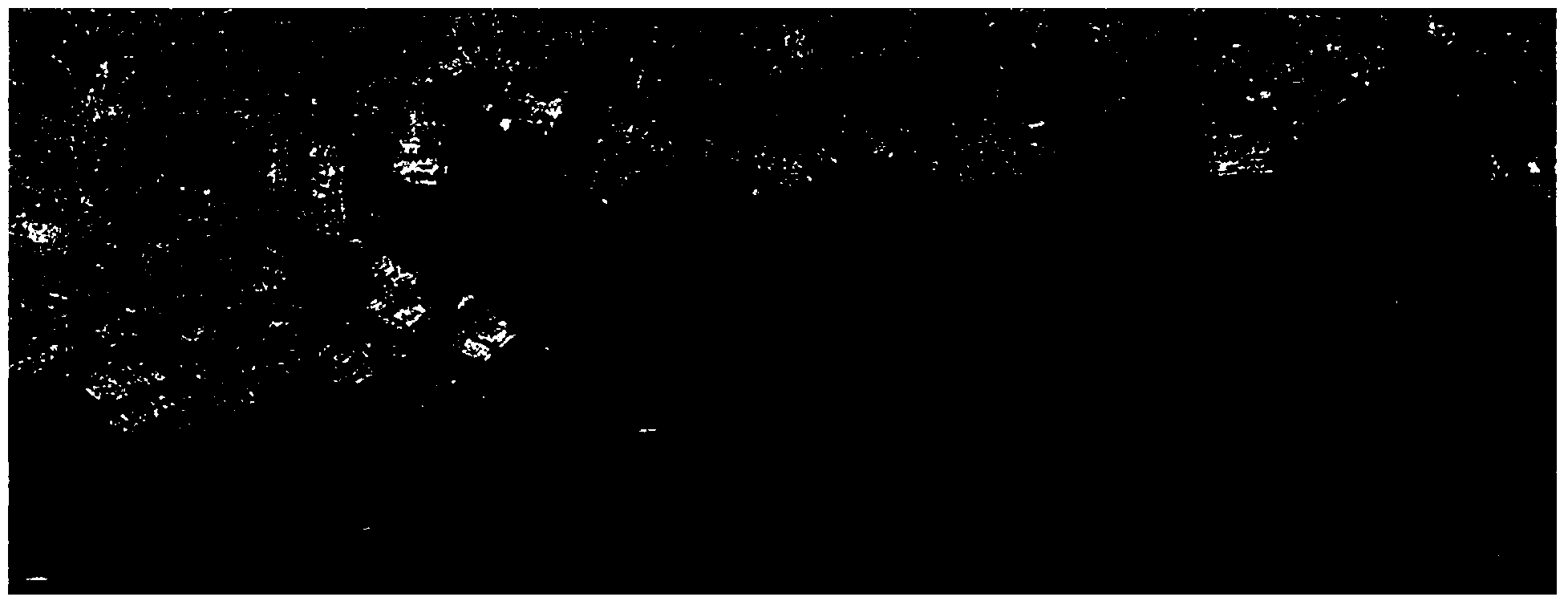Polarization SAR ship detection method based on low-rank dictionary learning and sparse representation
A technique of sparse representation and dictionary learning, which is applied in the field of ship target detection and polarization SAR ship detection, and can solve problems such as low-rank damage to the dictionary
- Summary
- Abstract
- Description
- Claims
- Application Information
AI Technical Summary
Problems solved by technology
Method used
Image
Examples
Embodiment Construction
[0070] refer to figure 1 , specifically illustrate the polarized SAR ship detection method based on low-rank dictionary learning and sparse representation of the present invention, which specifically includes the following steps:
[0071] Step 1, extract the sea clutter samples as training clutter samples, and construct the training data matrix Z from the pixels of the clutter samples.
[0072] Its specific sub-steps are:
[0073] (1.1) extract the sea clutter sample as the training clutter sample, and form the training data matrix Z with the feature vectors of N pixels of the training clutter sample, its expression is: Z=[z 1 ... z i ... z N ];
[0074] Among them, N is the number of pixels selected in the training clutter samples, and N>9, the feature vector z i Representing the feature vector i=1, 2, . In the simulation experiment of the present invention, N=50 is set.
[0075] (1.2) For the i-th pixel of the training clutter sample, according to its polarization s...
PUM
 Login to View More
Login to View More Abstract
Description
Claims
Application Information
 Login to View More
Login to View More - R&D Engineer
- R&D Manager
- IP Professional
- Industry Leading Data Capabilities
- Powerful AI technology
- Patent DNA Extraction
Browse by: Latest US Patents, China's latest patents, Technical Efficacy Thesaurus, Application Domain, Technology Topic, Popular Technical Reports.
© 2024 PatSnap. All rights reserved.Legal|Privacy policy|Modern Slavery Act Transparency Statement|Sitemap|About US| Contact US: help@patsnap.com










